
How are humans and animals similar? Two students across an ocean discuss
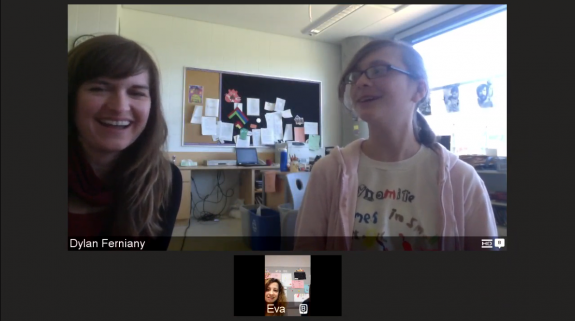
As we begin to round out the spring semester of TED-Ed Clubs, we have seen students present on topics that run the gamut from beatboxing to dark matter to neuroscience and beyond. The breadth and diversity of the topics chosen illustrates the imagination and individuality of these young presenters. Sometimes, though, the most exciting connections are made when we realize that two students across the world have had their curiosity sparked by the same idea. This was the case when 16-year old Marianna Yianni from Lakatamia, Cyprus and 13 year-old Katherine Malone from Birmingham, Alabama both chose to research and present on animals — specifically, how they relate to human beings. TED-Ed facilitated an across-the-ocean conversation between these two students (and their teachers Eva Poyiatzi and Dylan Ferniany), which covered animals, crafting presentations and mice with human ears.
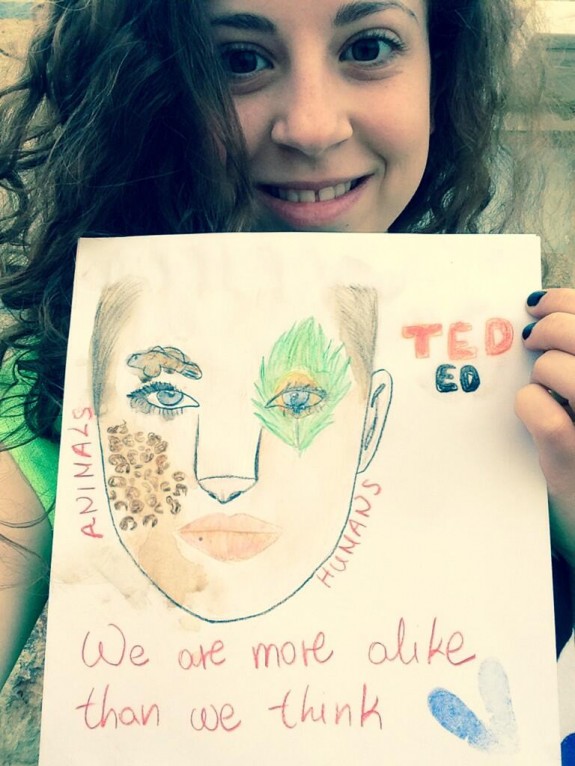
Marianna, who will be presenting on the similarities between humans and animals, kicked off the conversation by asking Katherine what she has been researching. Katherine replied (as if it were the simplest topic in the world) that she was looking into whether or not it could be possible to mutate humans with animal DNA to produce human-animal hybrids. An edited version of their conversation follows:
Marianna Yianni: Whoa! Do you take Biology?
Katherine Malone: No, I don’t. I’m actually better at Language Arts than I am at Science. But I’ve always been interested in animals, so that kind of got me started on the topic…I’ve been trying to write this story and Mrs. Ferniany introduced me into this club, and I thought — “I’ve been thinking about this in the book, so why not give it as a talk?”
MY: Oh, so you’ve been reading about this?
KM: Yes, and I was writing about it, too. I was trying to write this story about a kid who has cat DNA.
MY: That’s really cool! I can see that becoming a movie. Maybe like Catwoman?
KM: Yeah! Maybe like a new version of Catwoman.
MY: Maybe without the suit. Maybe with fur this time.
KM: Catwoman 2.0.
MY: Are you going to use visuals in your talk?
KM: I’m not entirely sure. I think I will, but I’m not sure yet.
Dylan Ferniany (Katherine’s teacher): We had TEDxBirmingham speakers come and speak to the students. We had Michele Forman come — she’s a famous filmmaker here — and she told Katherine about a very famous image of a human ear that was attached to a mouse.
KY: Yeah, I found that on the internet. That was weird.
DF: So she has been looking up those kinds of pictures!
KY: Mostly when I do research after seeing that picture, I just never want to see a picture like that again. It was really creepy! I would advise not looking it up.
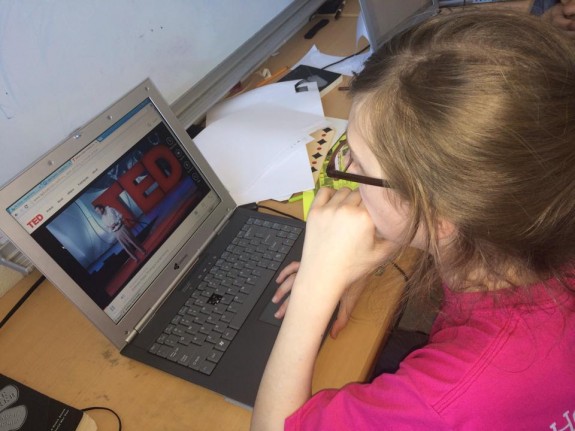
Eva Poyiatzi (Marianna’s teacher): Are you planning on using any props in your talk?
KM: I don’t think so. It would probably be pretty hard to come up with a prop for that! But I could hopefully find some images that aren’t totally creepy.
DF: Like your cat. Because don’t you start out your talk by talking about your cat?
KM: Yeah, I could start out with my cat.
DF: But don’t bring your cat.
KM: No, that would not be a good idea!
DF: Marianna, what is the research you’ve found about people looking like animals?
MY: Basically, it’s about behavior because I didn’t take Biology, so I don’t know how to explain these things biologically. It’s about the everyday things that we do and we don’t even realize it’s the animal part of us.
KM: Yeah, like even walking around, being interested in things. Animals are as curious as we are, if not more.
DF: Have you looked at how animals look like people?
MY: I think animals do look like people. Okay, there are birds and fish who don’t actually have the same structure as us, but they have eyes to see, lungs to breathe — so it’s basically the same base.
DF: That’s interesting. How are you thinking about introducing your talk? My kids are having some trouble with introductions.
MY: Yeah, me too! I’m not actually sure about how to do it. And I’m struggling with that part. But I’m sure about the ending! I like my ending, but the beginning is still a struggle.
DF: How do you end it?
MY: Well, you’ll see! It’s a surprise.
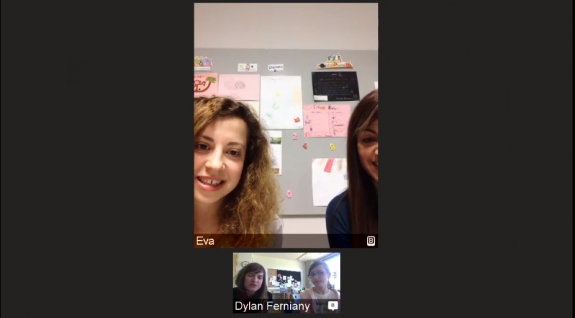
We’re looking forward to seeing Marianna’s ending … and potentially getting a glimpse of the human ear / mouse mashup in Katherine’s presentation.
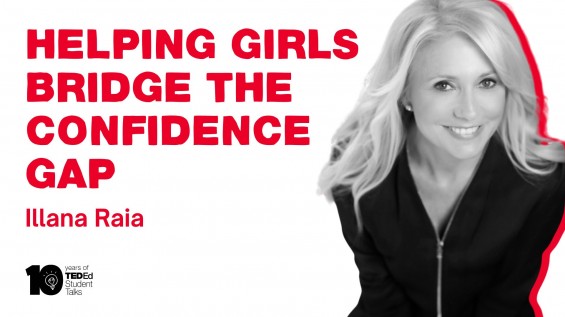
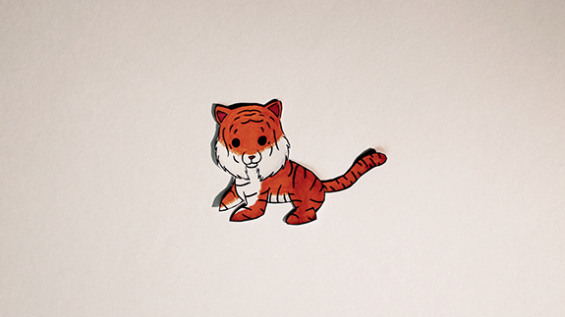

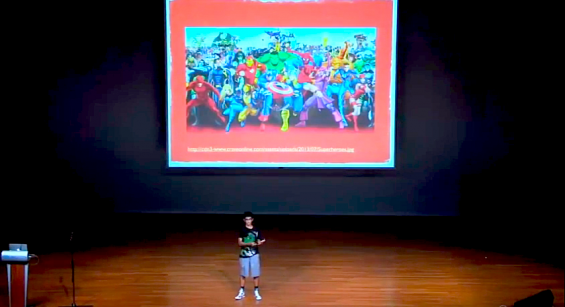
Hi,my opinion is’may be there is symmetry between human and animal as organs or little in shape , the animal has little emotional nervous system as feeling but human have emotional nervous system with thinking that is how we can identify human from animal additional to shape’.
As in religion , i’m a moslim and what we believe is ‘adam is first human and god transferred him from the other world ‘paradise’ to earth and was animals is created’.